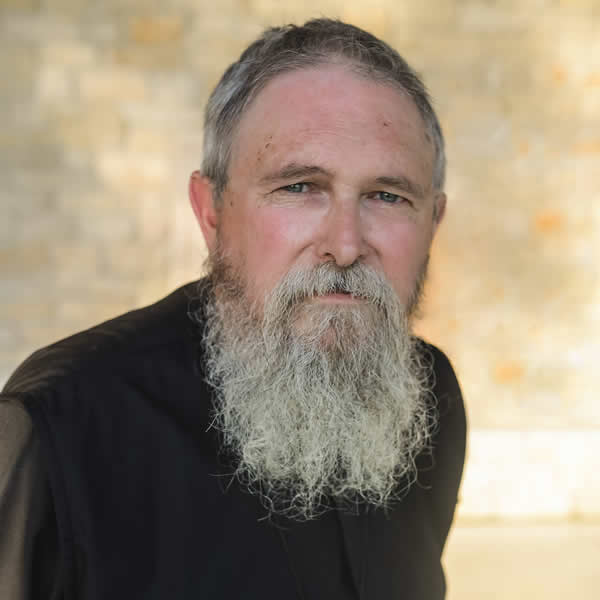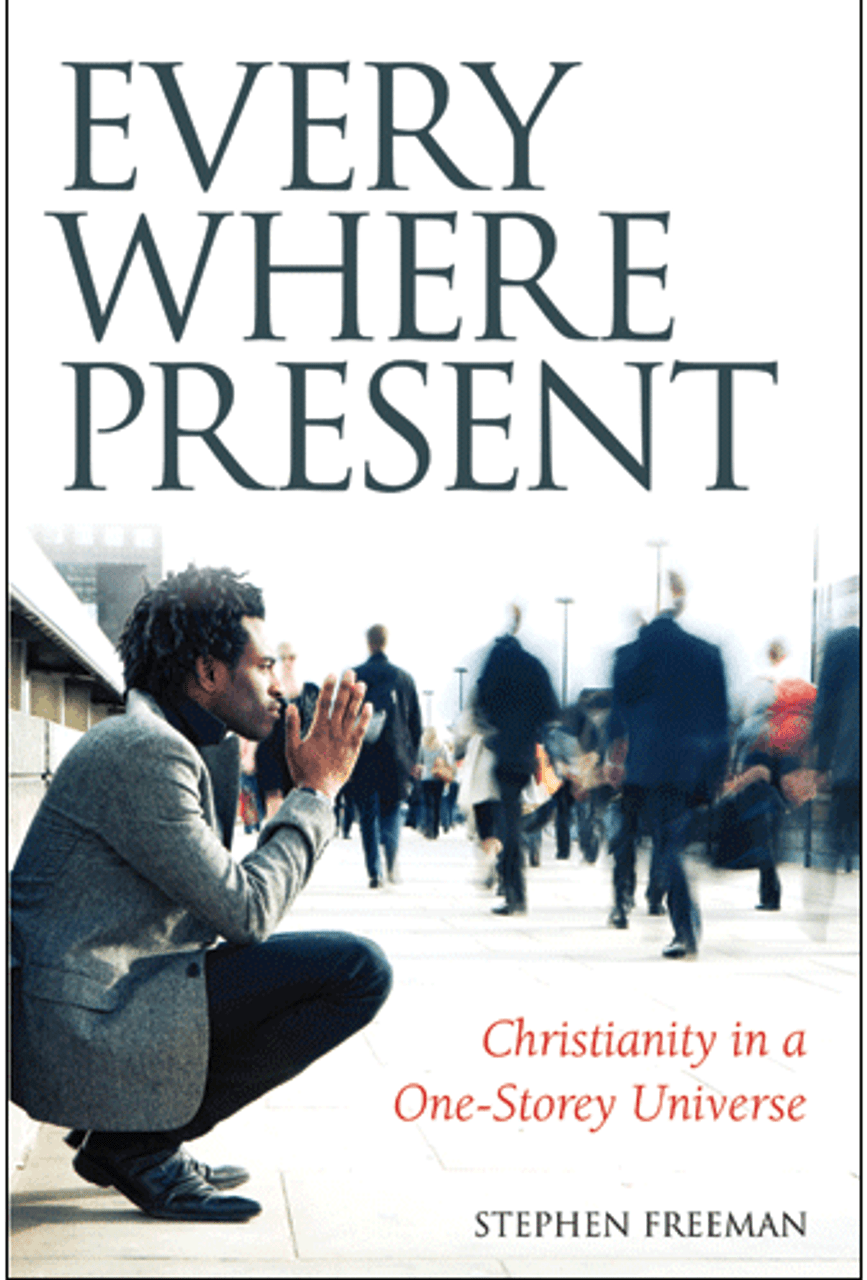 I have given this posting a very prosaic title in order to help readers focus on precisely what I am saying. In my previous post on icons – I noted that even the world functions as an icon – but, undoubtedly, having put that in a very theological context, most readers think simply about the traditional icons found in Orthodox Churches.
I have given this posting a very prosaic title in order to help readers focus on precisely what I am saying. In my previous post on icons – I noted that even the world functions as an icon – but, undoubtedly, having put that in a very theological context, most readers think simply about the traditional icons found in Orthodox Churches.
Instead I want to talk about the tree in my backyard. I currently only have one tree there (within the fence). There is nothing particularly noteworthy about it other than it’s a mature oak and leans slightly towards my house (it adds excitement to our daily lives). How does the tree in my backyard function as an icon? And it’s not just this tree but every tree.
For one, every tree points both towards the tree of life, in the Garden of Eden, which itself was a type of the true Tree of Life, the Cross on which Christ died. This tree points towards that tree, because in submitting Himself to death on the Cross, Christ has raised all trees to the level of icon.
Of course, you don’t have to look at a tree like that. You can be literal and see wood and bark, limbs and leaves. It’s beautiful, but it lacks the fullness of meaning that Christ has given to His creation. Everything and everyone points to Pascha, is an icon of our redemption. Creation preaches the gospel of Christ for those who have eyes to see.
 A traditional example of this use of a tree is found in the famous icon by Rublev, the so-called “Old Testament Trinity,” in which the three angels who appeared to him beneath the oak of Mamre are depicted. There in the center of the icon stands a tree. The tree is more than background (this is an icon and not a renaissance portrait – everything has meaning). The tree foreshadows the cross. Some say that the angel over whose head the tree appears represents the Second Person of the Trinity. But like the tree in my back yard – it’s an oak.
A traditional example of this use of a tree is found in the famous icon by Rublev, the so-called “Old Testament Trinity,” in which the three angels who appeared to him beneath the oak of Mamre are depicted. There in the center of the icon stands a tree. The tree is more than background (this is an icon and not a renaissance portrait – everything has meaning). The tree foreshadows the cross. Some say that the angel over whose head the tree appears represents the Second Person of the Trinity. But like the tree in my back yard – it’s an oak.
St. Seraphim of Sarov had a spiritual practice that transformed the space around his hermitage. Various places in that small area were renamed by him. One would be Jerusalem, another Bethlehem, and so forth. Thus he not only walked outside his hermitage – he made spiritual pilgrimage to all of these sites of our salvation in the “icon” of his small forest.
I could substitute “the man next door” for the “tree in my backyard” and see more than the eye usually reveals. I could in fact see that my neighbor is none other than an icon of Christ – and that whatever I do for him or do not do for him – has been done or not done for Christ.
If it is true that “heaven and earth of full of Thy glory,” then there is a need for our eyes to be trained to see glory, particularly when it is given to us in iconic form. Such vision not only changes how we see the world, it also reveals the truth of things far more clearly than is apparent to an unredeemed eye. Should an unbeliever and a believer look at a tree and see the same thing? When they see Christ on the Cross, do they see the same thing?






Leave a Reply